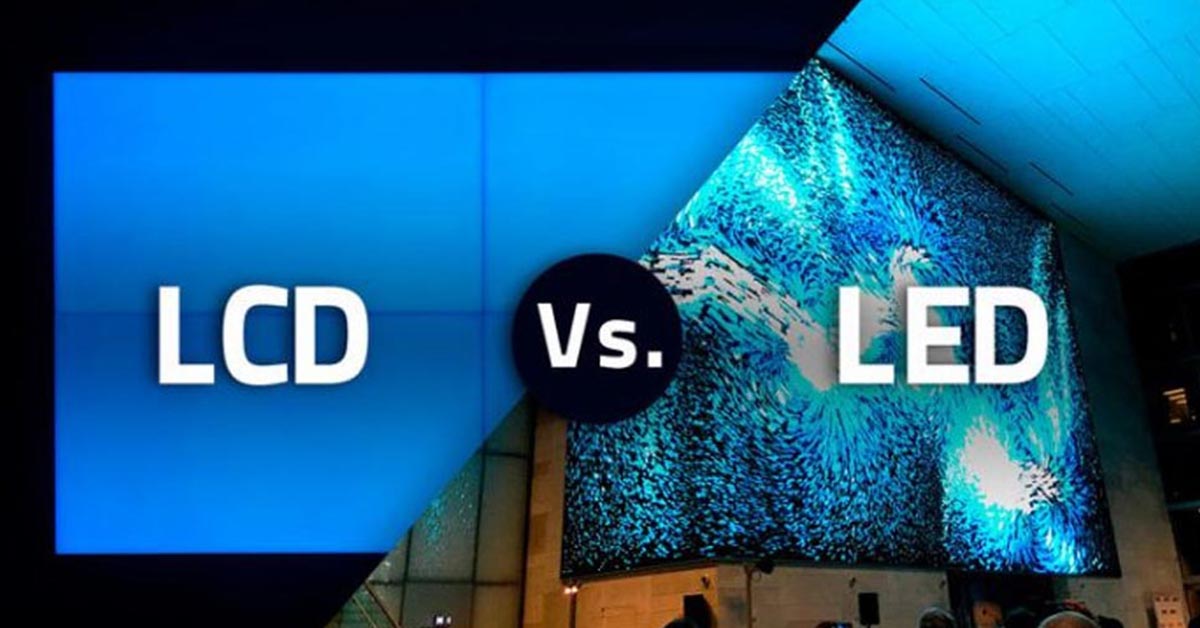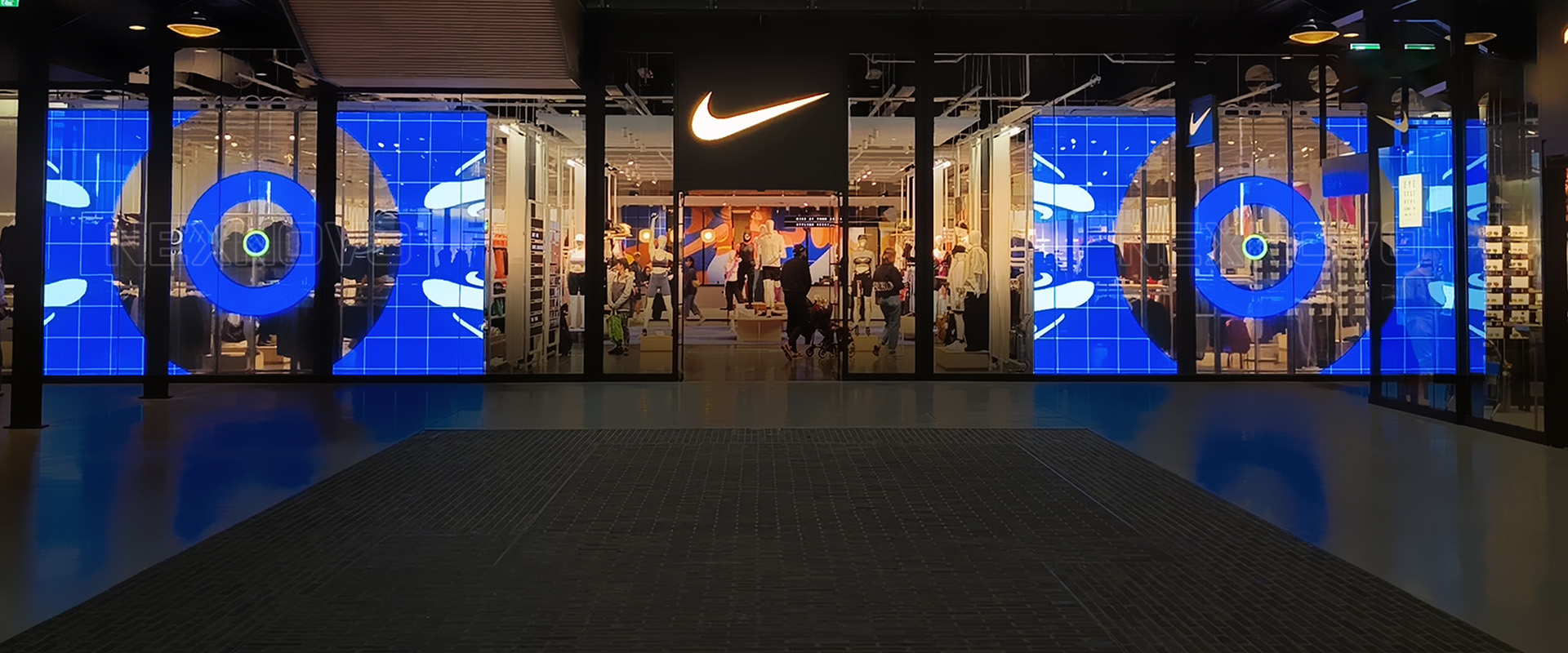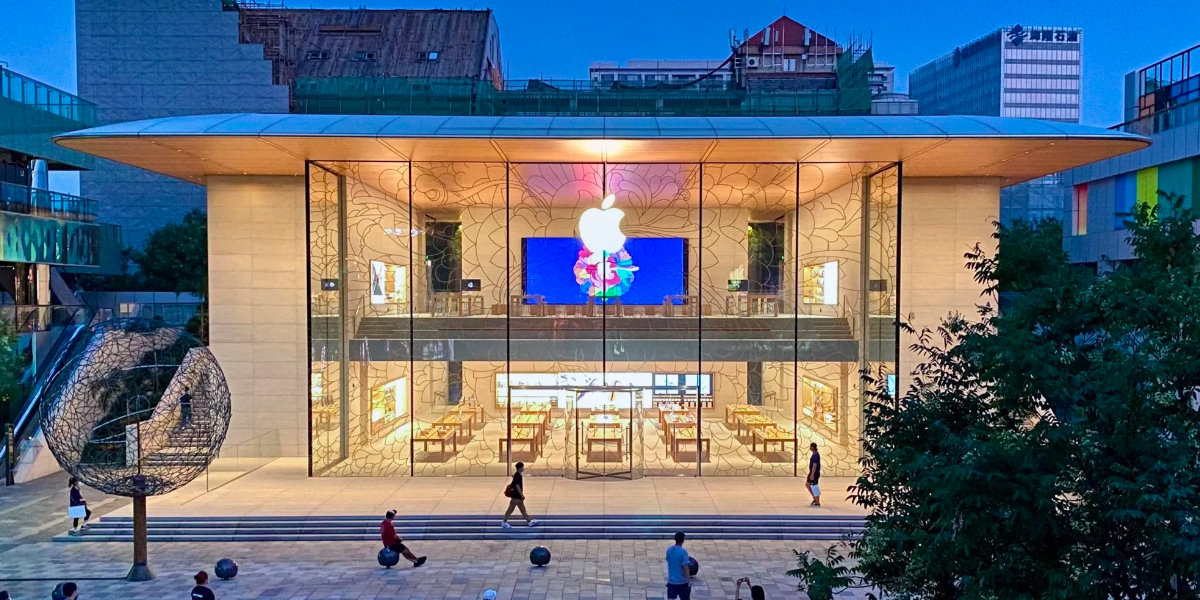

Imagine walking past a storefront and noticing something different. Instead of a traditional static window display or a bright LED billboard screaming for your attention, you see something subtler, yet somehow more captivating. A transparent screen hovers over the products behind the glass, animating gently with videos, colors, and stories. It doesn’t obscure what’s inside, but it enhances it.
You pause. You linger. And then, you walk in.
This moment, that few seconds between a glance and a decision is where modern retail lives or dies. And its exactly where transparent LED screens are making their mark.
As retailers adapt to increasingly digital, experience-driven consumer behaviors, the need to stand out either visually, emotionally or strategically has never been greater. Transparent LED screens aren’t just flashy tech. They’re proven tools for capturing attention, increasing foot traffic, and ultimately driving real-world engagement.

So, do transparent screens really increase foot traffic? Let’s unpack the data, the psychology, and the stories behind the glass.
Transparent LED screens are essentially digital screens embedded in glass or clear acrylic panels. They maintain high visibility, 70 to 95 percent transparency while still delivering dynamic video content, animations, and branding. This dual functionality makes them uniquely valuable for retailers. Unlike traditional displays, transparent LEDs don’t hide the products behind them. Instead, they enhance the presentation by blending physical and digital in a way that feels futuristic, but also surprisingly human. They let natural light into the store. They don’t block the interior or disrupt the architectural integrity. They act more like augmented layers of visual storytelling than separate, obtrusive elements.
And that’s why they work.
Studies and real-world data increasingly support what retailers are seeing firsthand: transparent LED screens significantly increase foot traffic.
In a study conducted by Grand View Research, retail environments using transparent LED displays in their window fronts reported foot traffic increases of 30 to 50 percent compared to traditional displays.
In Uniqlo’s flagship Tokyo store, installation of high-resolution transparent LED panels in window displays resulted in a 25 percent increase in dwell time. In simple terms, people stopped and looked longer, long enough to form a connection and decide to step inside.

Zara, too, has seen dramatic results. At their flagship store on Nanjing Road in Shanghai, the deployment of demographic-aware transparent LED screens triggered a 600 percent increase in conversion rates compared to static signage. By dynamically tailoring content to nearby shoppers using sensors and motion data, Zara made window shopping personal and profitable.
We know from neuroscience and behavioral psychology that motion captures attention. It’s why we glance at passing cars, blinking lights, and waving hands. But motion alone isn’t enough. In retail, you need to deliver both attention and intrigue. Transparent screens accomplish both. When movement appears across a glass window, especially when blended with actual products visible behind the screen, it causes a “digital curiosity” effect. Passersby wonder: “What’s going on in there?”
This is compounded by interactivity and personalization. Some retailers use thermal sensors or motion detectors to adjust content dynamically based on time of day, weather, or even the age and gender of the passerby. When the content on a screen aligns, whether consciously or subconsciously with what someone is interested in, it creates a micro-moment that can lead directly to store entry.
In short, transparent screens don’t just flash advertisements but they tell stories that resonate, right there on the sidewalk.
Let’s look at a few high-impact examples that show just how transformative transparent screens can be:

What these examples show is clear: transparent screens don’t just grab attention. They create measurable outcomes.
Retailers are understandably cautious about new technologies. Transparent LED displays can be more expensive up front than traditional digital signage or printed posters. But here’s the surprising truth: they often pay for themselves in under six months.
Let’s break it down:
In an era where every square foot of real estate needs to perform, transparent LED displays turn previously passive window fronts into monetized marketing assets.
If you’re considering integrating transparent LED screens into your retail strategy, here are a few best practices:
By approaching the screen as more than just a digital poster and instead, as an evolving, interactive storefront experience, you can definitely turn passing interest into actual footfall.
Yes. Unequivocally, yes.
They grab attention. They humanize digital storytelling. They make your storefront alive, responsive, and unforgettable.
In a world where consumers have infinite options and only seconds to make decisions, transparent LED screens give retailers that crucial edge: the power to capture attention and hold it just long enough to convert curiosity into action.
For retailers navigating a new era of hybrid shopping, where physical meets digital, transparent LED displays are more than a trend. They’re a proven, performance-driven solution with aesthetics to match.
And best of all? They don’t block the view, they enhance it instead.